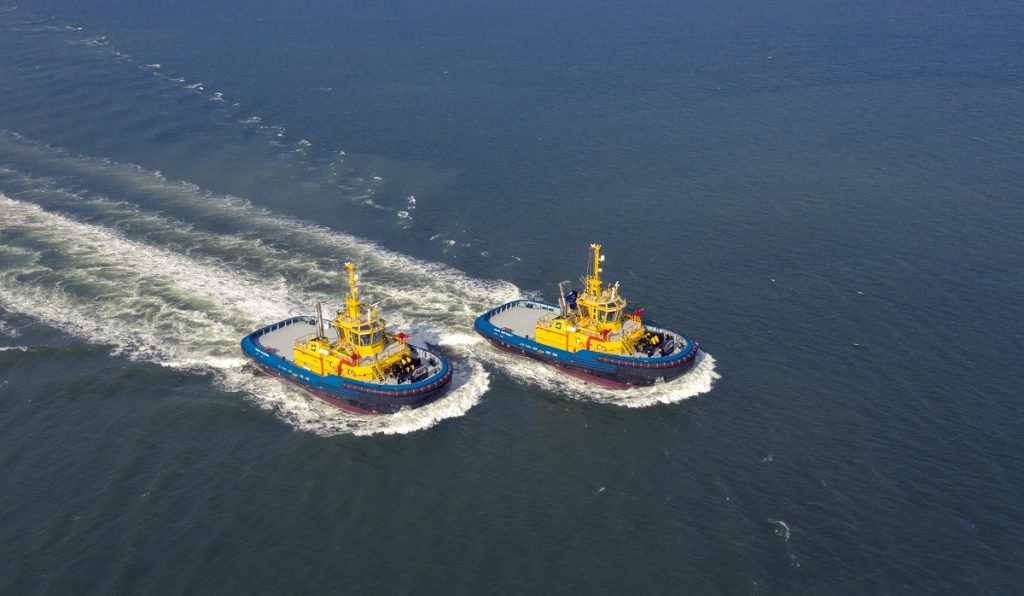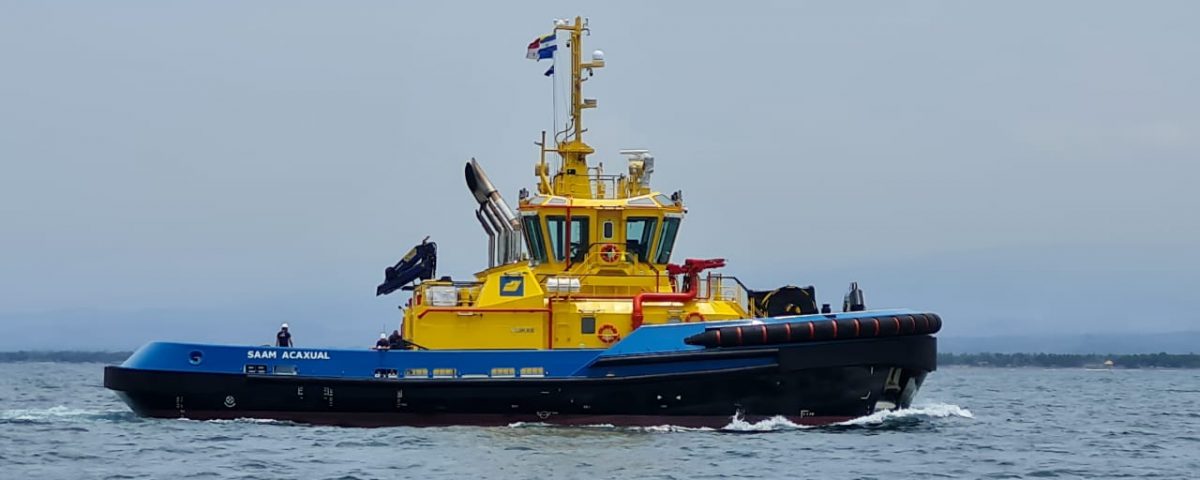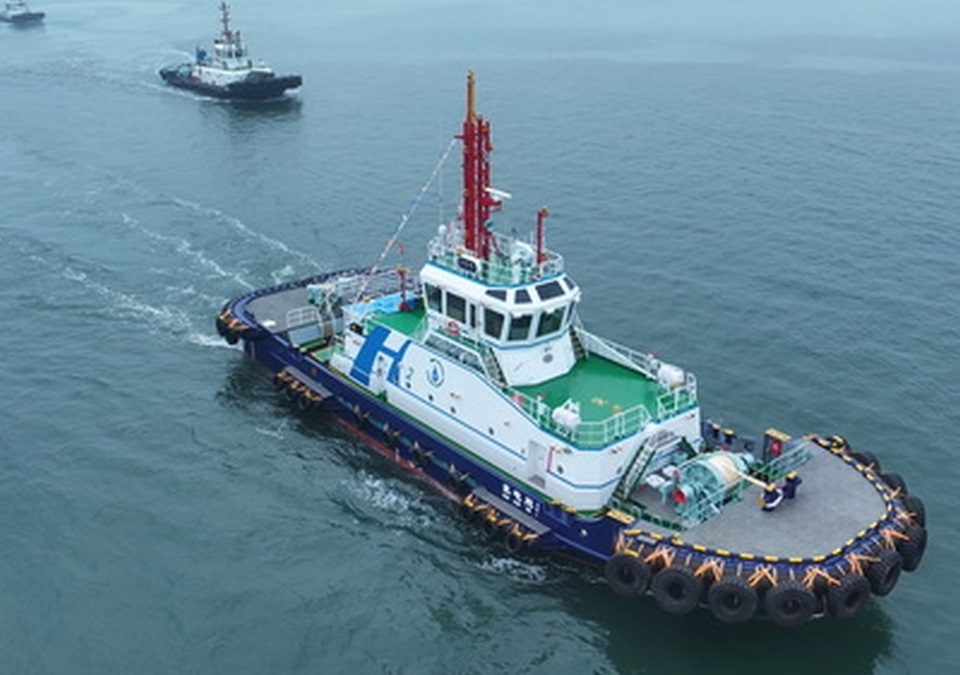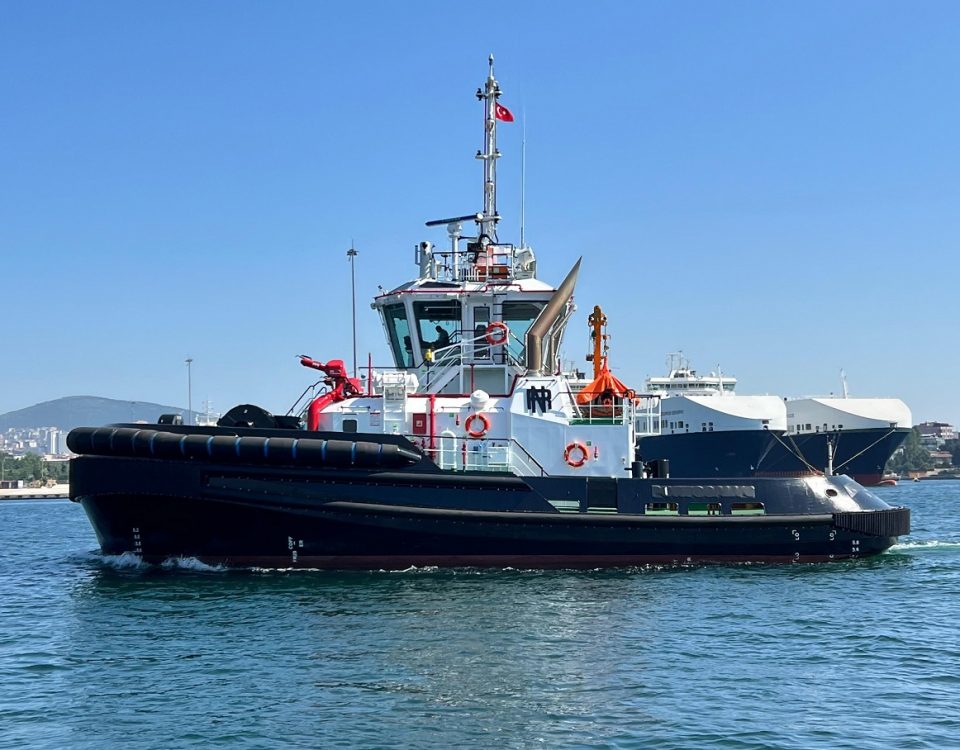This website uses cookies so that we can provide you with the best user experience possible. Cookie information is stored in your browser and performs functions such as recognising you when you return to our website and helping our team to understand which sections of the website you find most interesting and useful.
SAAM Towage Tugs Already Reached the Port of Acajutla
- The Rastar 3200W are already in El Salvador to provide services at the Energía del Pacífico LNG terminal, following a 40-day journey across the Atlantic Ocean and through the Panama Canal.
The tugs SAAM Acaxual and SAAM Centzunat—names from the native language Nahuatl—have already reached the Port of Acajutla, after a 40-day journey from Turkey, across the Atlantic Ocean and through the Panama Canal. Both vessels will provide services at the liquefied natural gas (LNG) terminal owned by Energía del Pacífico in El Salvador.
“The arrival of these tugs marks the first milestone in initiating our operations in El Salvador. These state-of-the-art vessels will allow us to provide exceptional service for the important, specific requirements of such a major project,” commented Hernán Gómez, Managing Director at SAAM Towage.
“We know that this project is essential for El Salvador, as the first floating storage and regasification unit in both the country and the region. It will cover a relevant percentage of the nation’s energy demand and will help diversify its energy matrix with more sustainable fuel. We are here to serve this objective, making available to the terminal not only these new tugs, but also highly skilled personnel,” explained the executive.

Technical Specs
The new Rastar 3200W tugs, designed by Robert Allan Ltd., measure 32 meters long and were especially designed to meet the needs of Energía del Pacífico’s Acajutla LNG terminal. With bollard pull of more than 80 tons, these vessels can work under dynamic traction loads of more than 135 tons at a speed of 10 knots. They boast top free sailing speeds of 13.5 knots.
Both vessels have been equipped with specific safety features such as a remotely operated gas detection and automatic isolation system and deck equipment and machinery with explosive atmosphere certification (ATEX). They are also equipped with a Fire-Fighting 1 system for fighting offship fires, certified under Bureau Veritas classification rules.
Each vessel has two CAT 3516C 2350 kW engines and Kongsberg US255 FP azimuth thrusters.







